
Introduction
The paan plant, scientifically known as Piper betle, is a significant and culturally rich plant widely cultivated in South and Southeast Asia. Known for its glossy, heart-shaped leaves, the paan plant plays a central role in traditional practices, culinary uses, and medicinal applications. This extensive description explores the botany, cultivation, cultural significance, medicinal properties, and economic importance of the paan plant.
Botanical Description
The paan plant is a perennial vine belonging to the Piperaceae family. It thrives in tropical climates, particularly in regions with high humidity and consistent warmth. The plant typically grows up to 1 meter in height but can spread extensively with the support of a trellis or other structures. Its leaves are the most notable feature, characterized by their bright green color, glossy texture, and distinctive heart shape. The leaves can vary in size but generally measure about 10-15 cm in length.
The plant has slender, flexible stems that are capable of rooting at the nodes, facilitating rapid spread and growth. The roots are fibrous and well-suited to anchoring the plant in well-drained soil. The flowers of the paan plant are small and inconspicuous, typically greenish-white, and form in spike-like inflorescences. While the flowers are not the primary focus of cultivation, they play a role in the plant's reproductive cycle.
Cultivation
Paan cultivation requires specific conditions to thrive. The plant prefers a warm, humid climate with temperatures ranging between 15-40°C (59-104°F). It is highly sensitive to frost and cold temperatures, which can severely damage the foliage and stunt growth.
Soil Requirements
The paan plant grows best in well-drained, fertile soil with a pH range of 5.5 to 6.5. Sandy loam or loamy soils rich in organic matter are ideal. Good drainage is crucial to prevent waterlogging, which can lead to root rot and other fungal diseases.
Planting and Propagation
Propagation is primarily done through cuttings. Healthy, disease-free stems are selected and cut into segments, each containing several nodes. These cuttings are then planted in prepared beds or containers filled with a mixture of soil and organic compost. The cuttings should be placed in a shaded area and kept consistently moist to encourage rooting.
Once the cuttings establish roots, they are transplanted to the field or garden. The plants are spaced about 30-45 cm apart to allow sufficient room for growth and air circulation. Trellises or other support structures are essential to guide the climbing vines and prevent them from sprawling on the ground.
Watering and Fertilization
Regular watering is necessary to maintain the moisture levels in the soil, especially during dry periods. However, overwatering should be avoided to prevent fungal infections. Mulching around the base of the plants helps retain moisture and control weeds.
Fertilization is important for healthy growth. Organic fertilizers, such as well-rotted manure or compost, are preferred. Additionally, balanced NPK (nitrogen, phosphorus, potassium) fertilizers can be applied to provide essential nutrients. Fertilizers should be applied at regular intervals, typically every 4-6 weeks during the growing season.
Pest and Disease Management
The paan plant is susceptible to various pests and diseases. Common pests include aphids, mites, and caterpillars, which can damage the leaves and reduce yield. Integrated pest management (IPM) practices, such as regular monitoring, use of biological control agents, and organic insecticides, can help manage these pests effectively.
Fungal diseases, such as leaf spot and root rot, are also prevalent. Good cultural practices, such as crop rotation, proper spacing, and avoiding overhead watering, can reduce the incidence of these diseases. Fungicides may be used as a last resort when necessary.
Cultural Significance
Paan holds a prominent place in the cultural and social practices of South and Southeast Asia. It is commonly consumed as a traditional chew, often after meals or during social gatherings. The preparation involves wrapping various ingredients, such as areca nut, slaked lime, and sometimes tobacco, in a betel leaf. This preparation is known as a "betel quid."
The practice of chewing paan has deep historical roots and is associated with hospitality, rituals, and celebrations. In many cultures, offering paan to guests is a gesture of respect and goodwill. It is also used in religious ceremonies and traditional medicine.
Medicinal Properties
The leaves of the paan plant are renowned for their medicinal properties, which have been utilized in Ayurvedic and traditional medicine for centuries. The leaves contain a variety of bioactive compounds, including eugenol, chavibetol, and betel oil, which contribute to their therapeutic effects.
Digestive Aid
Paan leaves are commonly used as a digestive aid. Chewing paan stimulates the production of saliva and digestive enzymes, which can help alleviate indigestion and promote healthy digestion. It is also believed to have carminative properties, reducing bloating and gas.
Antimicrobial Properties
The essential oils in paan leaves exhibit antimicrobial activity, making them effective against a range of bacteria and fungi. This property is beneficial for oral hygiene, as chewing paan can help reduce oral bacteria, prevent bad breath, and maintain healthy gums.
Antioxidant Activity
Paan leaves are rich in antioxidants, which help neutralize harmful free radicals in the body. This activity can contribute to overall health by reducing oxidative stress and lowering the risk of chronic diseases.
Anti-inflammatory Effects
Traditional medicine also attributes anti-inflammatory properties to paan leaves. They are used to treat inflammatory conditions, such as arthritis and sore throat, by reducing inflammation and providing relief from symptoms.
Economic Importance
The cultivation and trade of paan leaves have significant economic importance in many regions. Countries such as India, Bangladesh, Thailand, and Sri Lanka are major producers of paan leaves, supporting the livelihoods of numerous farmers and workers involved in the cultivation, processing, and sale of paan.
Market Demand
The demand for paan leaves is driven by their cultural and medicinal uses. Fresh leaves are sold in local markets, while dried and processed leaves are exported to other regions. The market for paan products, including flavored and sweetened varieties, has expanded, catering to diverse consumer preferences.
Challenges and Opportunities
Despite its economic significance, the paan industry faces challenges, including fluctuating market prices, pests and diseases, and the need for sustainable farming practices. There are opportunities to enhance production through improved cultivation techniques, value-added products, and promoting the health benefits of paan leaves to a broader audience.
Conclusion
The paan plant (Piper betle) is a remarkable plant with a rich cultural heritage and diverse applications. Its glossy, heart-shaped leaves are not only integral to traditional chewing practices but also possess significant medicinal properties. Cultivating paan requires specific conditions, including a warm, humid climate, well-drained soil, and proper care to prevent pests and diseases. The cultural significance of paan, combined with its economic importance, underscores the value of this plant in the regions where it is grown. As research continues to uncover the health benefits of paan leaves, their potential applications in modern medicine and wellness may further enhance their importance in the future.
| Size |
2.5 Feed |
|---|---|
| 1 |
120 |
Noodles Co.
Address: 5171 W Campbell Ave undefined Kent, Utah 53127 United States
Contact Seller:(+91) - 540-025-553
Rating
92%
Ship on time
100%
Chat response
89%
Noodles & Company is an American fast-casual restaurant that offers international and American noodle dishes and pasta in addition to soups and salads. Noodles & Company was founded in 1995 by Aaron Kennedy and is headquartered in Broomfield, Colorado. The company went public in 2013 and recorded a $457 million revenue in 2017.In late 2018, there were 460 Noodles & Company locations across 29 states and Washington, D.C.













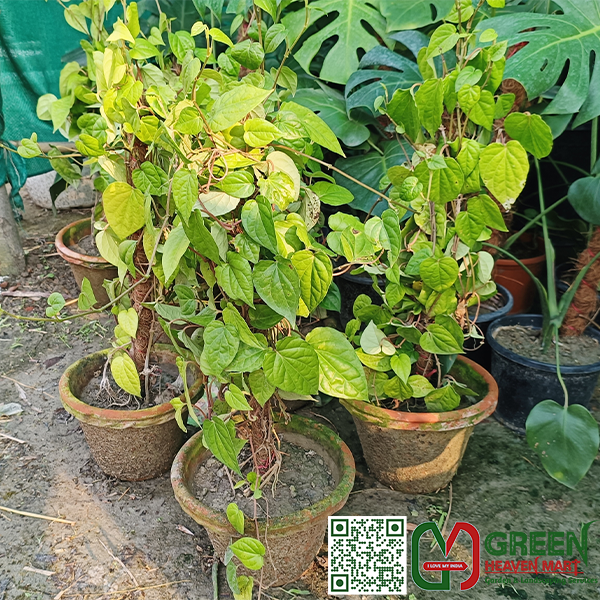
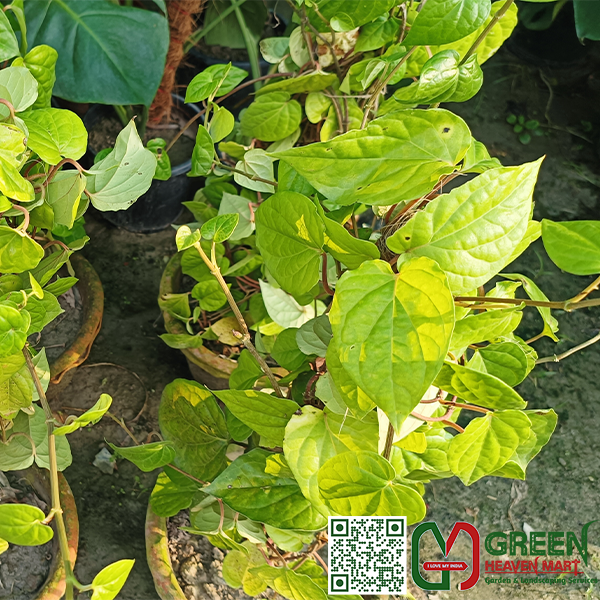
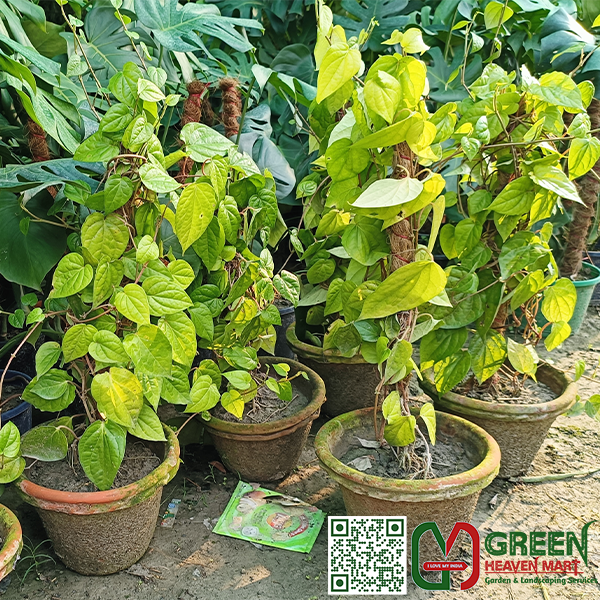
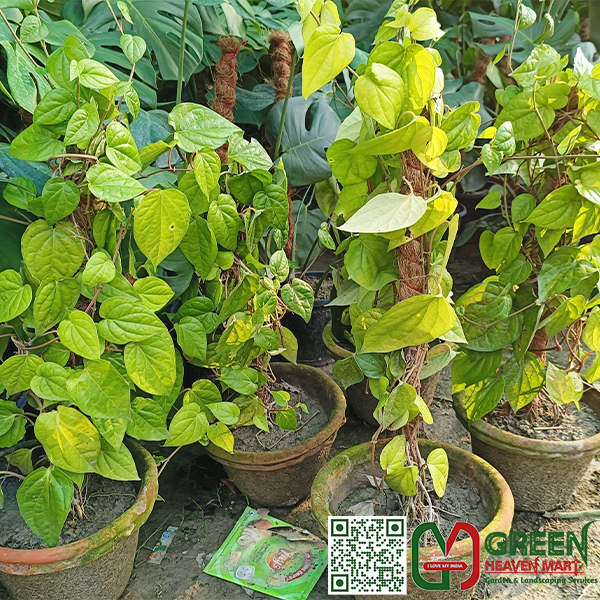
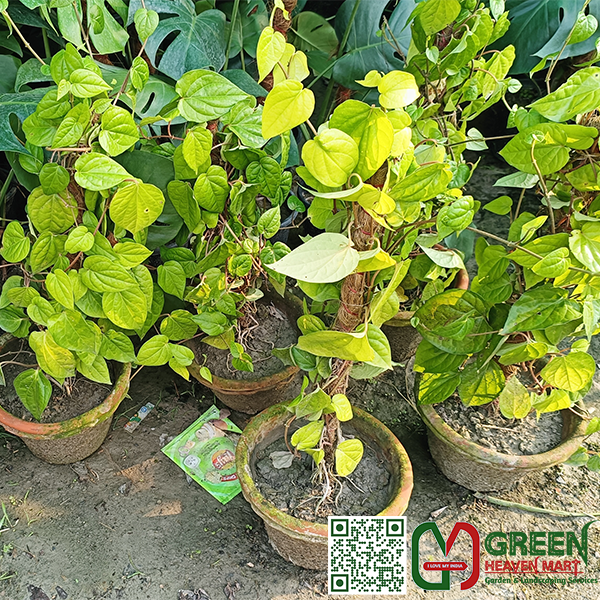
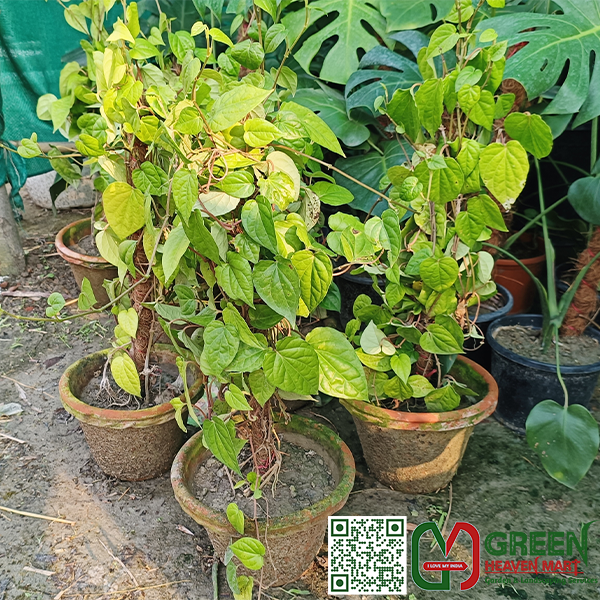
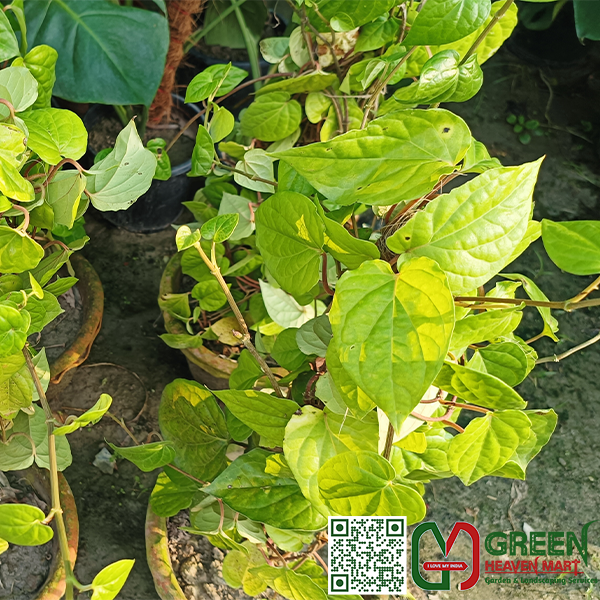
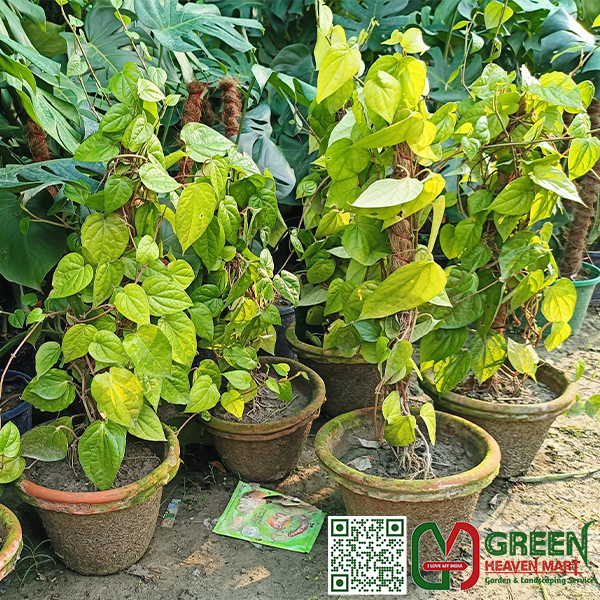
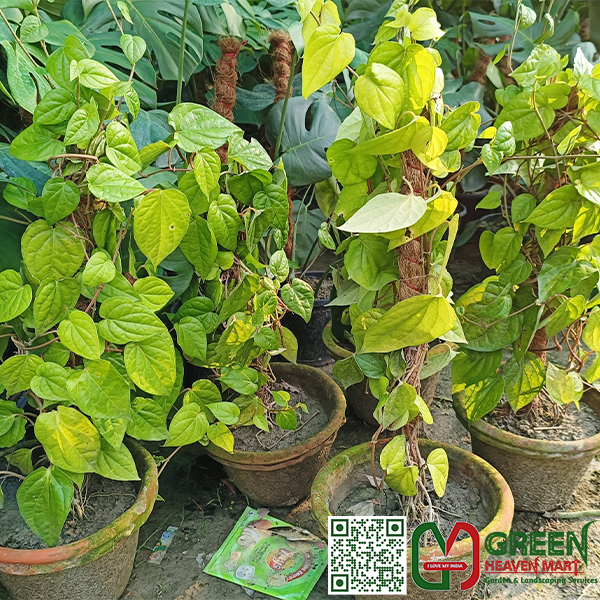
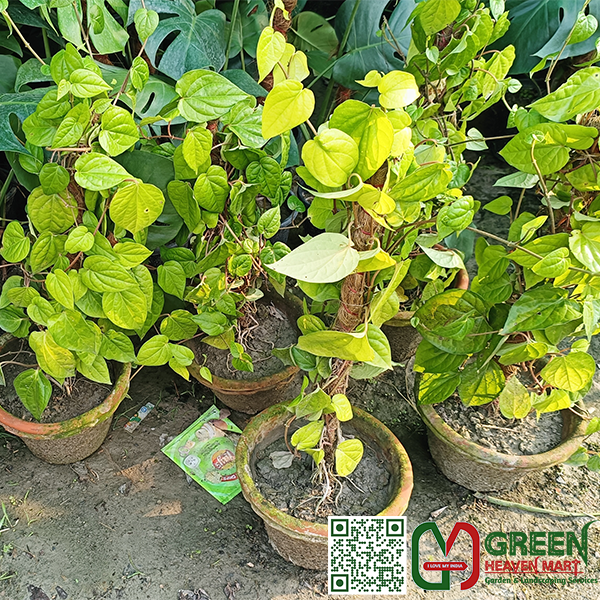
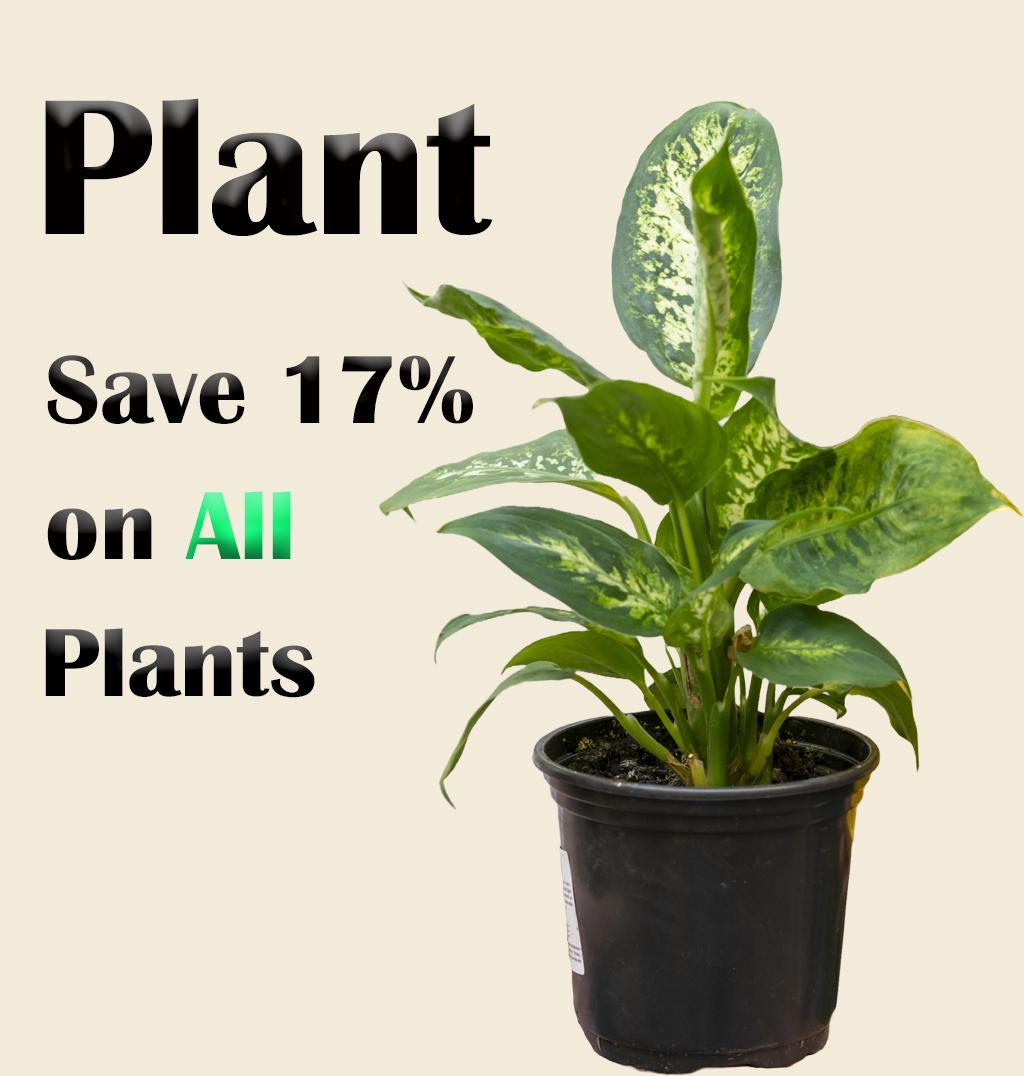
Lorem ipsum dolor sit amet, consectetur adipisicing elit. Delectus, suscipit exercitationem accusantium obcaecati quos voluptate nesciunt facilis itaque modi commodi dignissimos sequi repudiandae minus ab deleniti totam officia id incidunt? Reply
Lorem ipsum dolor sit amet, consectetur adipisicing elit. Delectus, suscipit exercitationem accusantium obcaecati quos voluptate nesciunt facilis itaque modi commodi dignissimos sequi repudiandae minus ab deleniti totam officia id incidunt? Reply
Lorem ipsum dolor sit amet, consectetur adipisicing elit. Delectus, suscipit exercitationem accusantium obcaecati quos voluptate nesciunt facilis itaque modi commodi dignissimos sequi repudiandae minus ab deleniti totam officia id incidunt? Reply